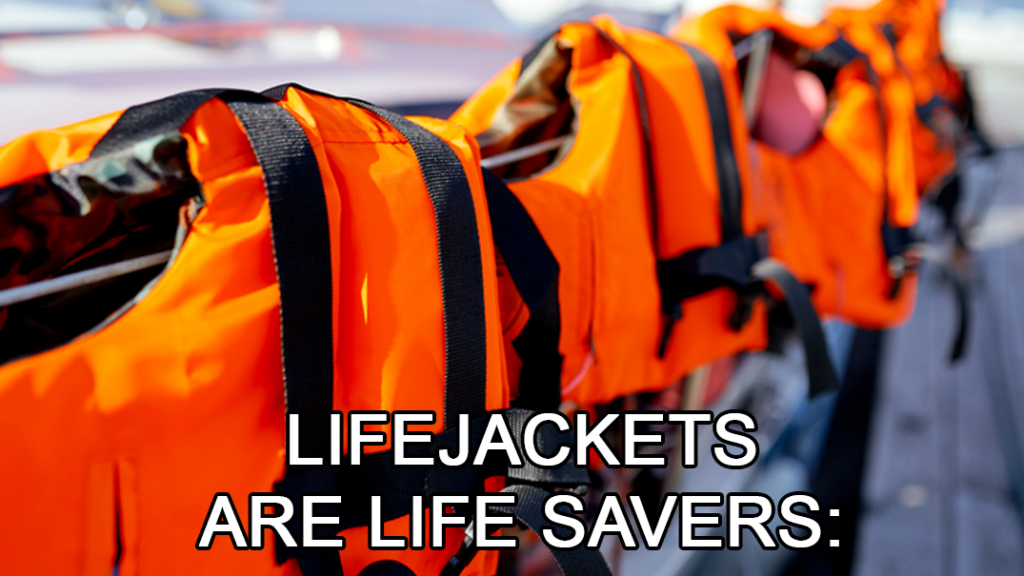In a boating emergency, radio Channel 16 on VHF, or ring Triple Zero (000)

Statistics in NSW show that most boating fatalities are due to drowning, and that most of those involved were not wearing a lifejacket.
Lifejackets are the most important piece of safety equipment on any vessel. A lifejacket must be carried for each person on board, be in good condition and properly maintained.
Type 1: Level 150 and Level 100 Lifejacket
This provides the highest level of buoyancy, designed to keep the wearer’s head above and out of the water when unconscious. There are two kinds of type 1 – those with fixed buoyancy and those which are inflatable.
Inflatable Lifejackets
Inflatable lifejackets are C02 inflated. They are lighter and less cumbersome than conventional foam lifejackets, and must be serviced annually.
Type 1 inflatable lifejackets are not recommended for children, while lifejackets that rely solely on oral inflation for buoyancy are not approved in NSW.
Type 2 – also known as Level 50
This is a buoyancy vest and is not designed to keep the wearer’s head above and out of the water but are manufactured using high-visibility colours and in comfortable styles.
Type 3 – also known as Level 50S
This is a buoyancy vest with the same overall buoyancy as a type 2 lifejacket. It is not required to be made in high-visibility colours. A type 3 lifejacket is mainly used for aquatic sports such as wakeboarding and waterskiing where comfort and style are important.
Compulsory lifejacket wearing requirements came into effect in Nov 2010.